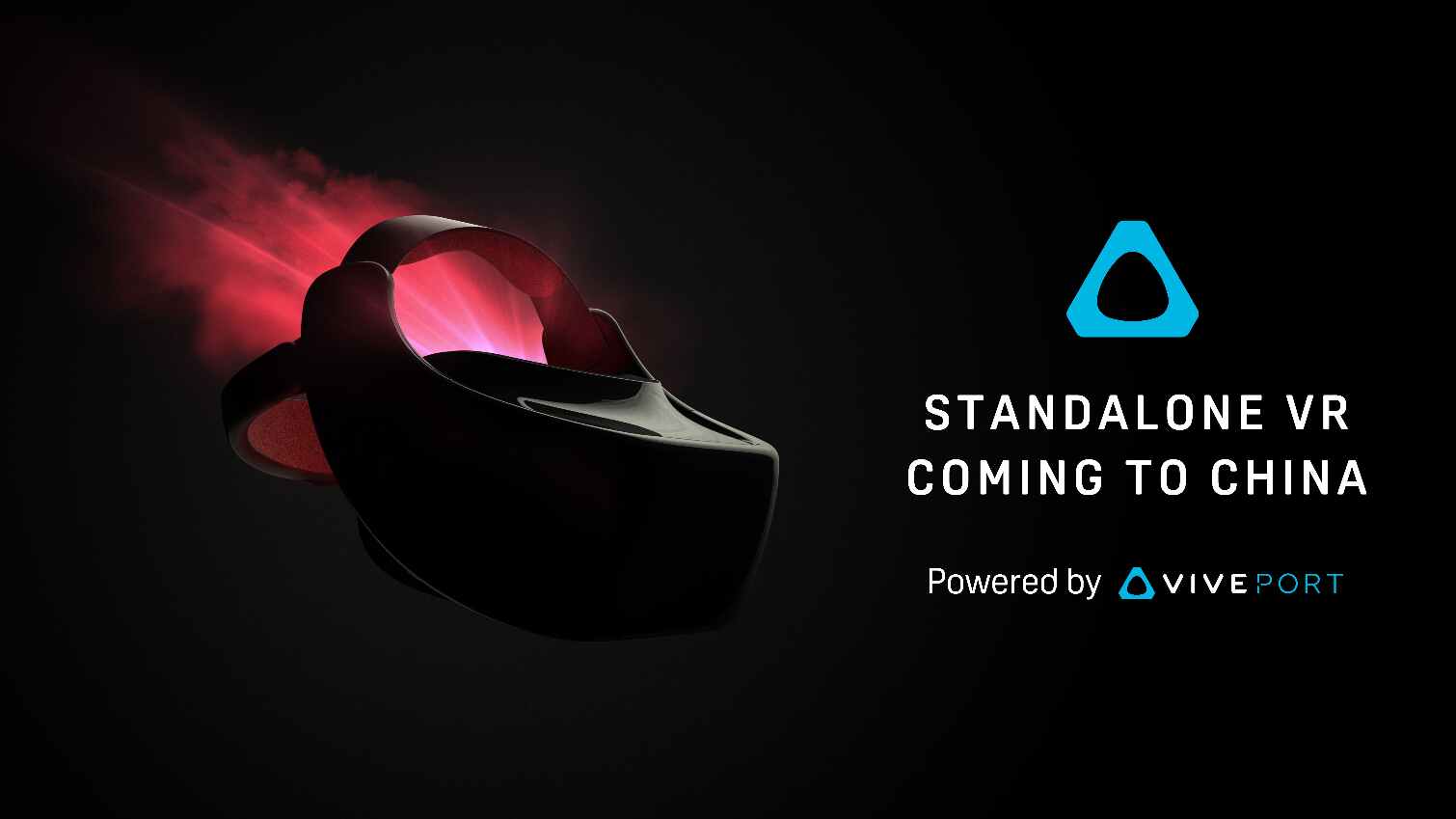HTC Vive, Qualcomm Reveal Snapdragon 835-Powered Standalone VR HMD For The Chinese Market
HTC Vive announced today at ChinaJoy, China's largest video game conference, a standalone VR HMD powered by the Qualcomm Snapdragon 835 SoC. The new HMD is exclusively for the Chinese market. Google and HTC worked together to introduce a similar standalone VR HMD earlier this year.
HTC Vive is one of the global leaders in VR hardware, and the company appears to be doing everything it can to remain at the forefront of this emerging industry. After successfully introducing one of the industry's first complete VR systems last year, the company this year revealed additional peripherals and accessories, including the Vive Tracker universal tracking device and the TPCast wireless upgrade.
Although HTC Vive has a solid foothold on the PC VR market, the company has its eyes on the mobile VR market, too. Premium standalone VR HMDs that are powered by Qualcomm’s Snapdragon 835 VR platform are just around the corner, and Vive has been quite active here, beating Oculus to the punch, at least from an announcement standpoint.
"China is the leading mobile market in the world today, and has the momentum to lead the global VR market as well,” said Alvin W. Graylin, China Regional President of Vive, HTC. “Partnering with Qualcomm to deliver an easy to use and more affordable Vive VR system will enable us to make premium standalone VR widely accessible to the masses in China.”
HTC Vive didn’t reveal many details about the newest headset. The company released a dark silhouette image that depicts an HMD with what appears to be a rigid head strap system with thick padding on the top strap. The design looks like the teaser image that HTC shared of the Daydream HMD on its website. Google’s Daydream platform isn’t offered in China, so the standalone Vive headset for the Chinese market could be the same hardware repurposed for the region.
HTC said that content for the upcoming headset would be available through the Viveport distribution system. It’s unclear whether the company created a mobile Viveport that is separate from Viveport on PC, or if it's the same destination. We’ve reached out to Vive for clarification.
HTC Vive is inviting VR developers to register for access to “Vive Standalone associated support programs” that could help them bring content to the upcoming Vive platform. The company didn’t say when the standalone headset would launch in China. With the Daydream headset on track for release in 2017, we wouldn’t be surprised if we see something in China this year, too.
Get Tom's Hardware's best news and in-depth reviews, straight to your inbox.
Kevin Carbotte is a contributing writer for Tom's Hardware who primarily covers VR and AR hardware. He has been writing for us for more than four years.
-
bit_user I'm definitely interested in knowing more. Like, does it have the same 6-DoF tracking capability as the Daydream HMD? Does it support the same VR APIs as Vive for PC? What OS does it run? What's pricing going to be like?Reply

